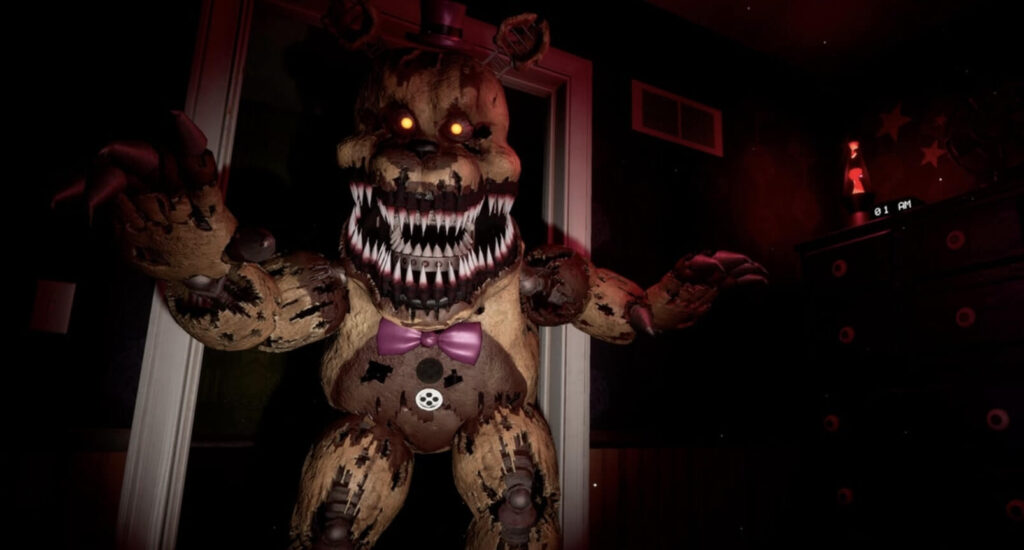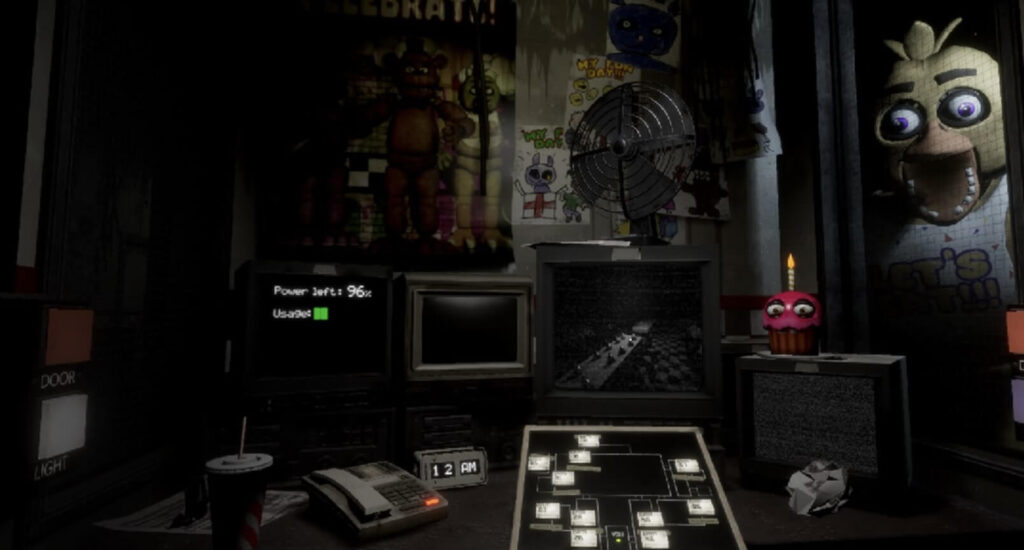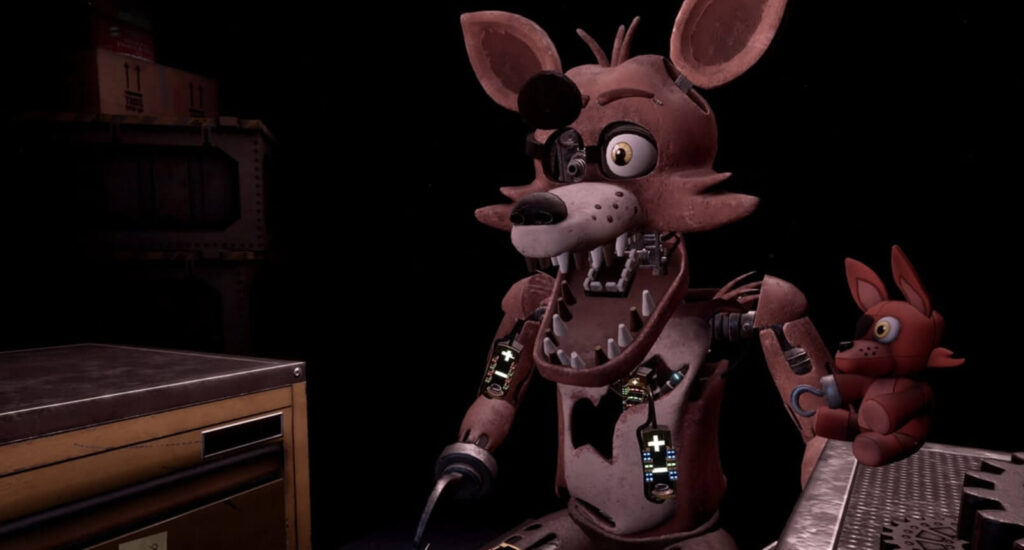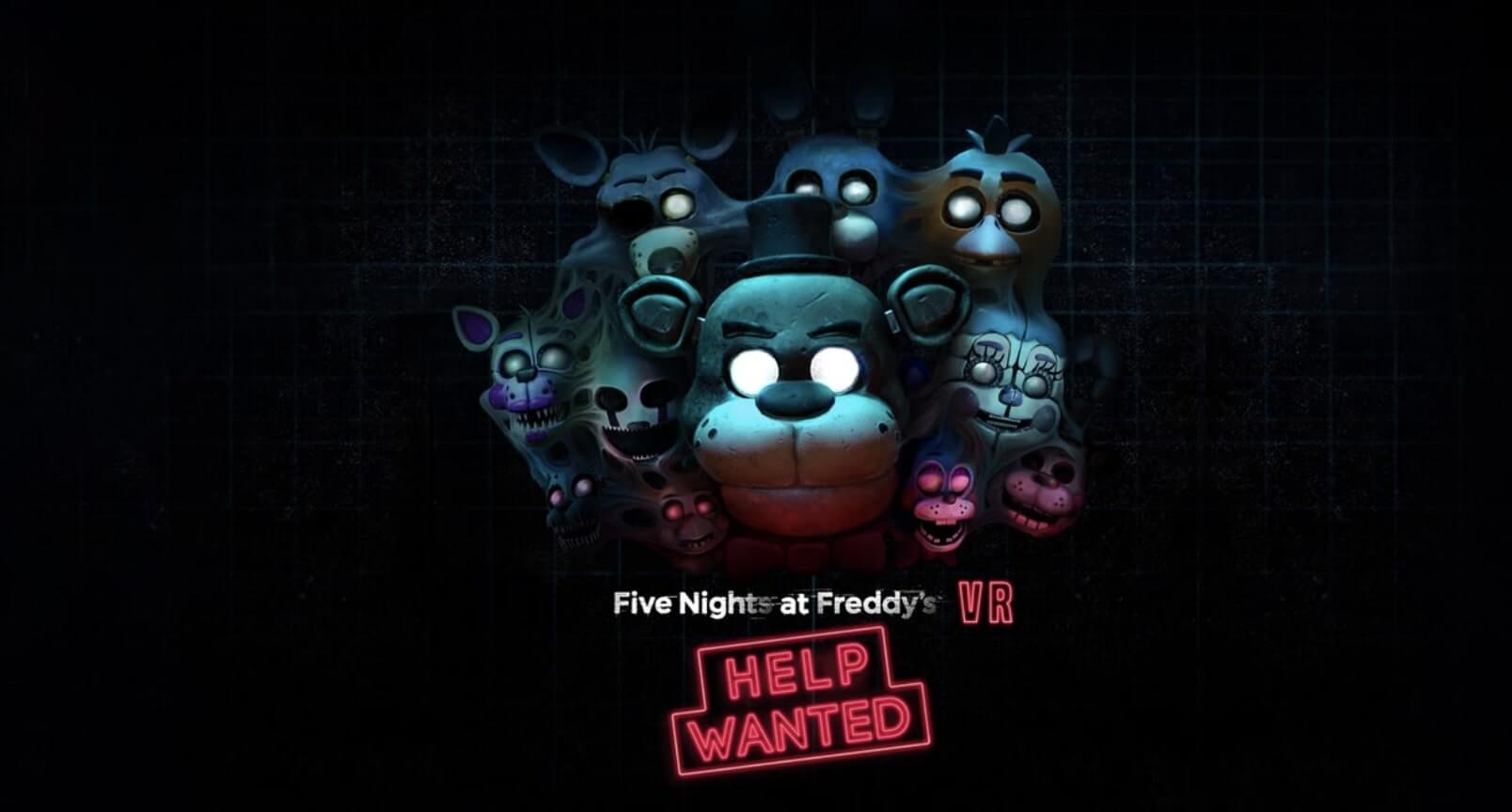Virtual reality horror isn’t just a genre—it’s an adrenaline-fueled experiment in human psychology. Five Nights at Freddy’s: Help Wanted VR arrives amid a surge of immersive terror experiences, from delayed reimaginings like Slender: The Arrival VR to survival challenges like Frost Survival VR. But FNAF’s legacy—haunted animatronics, claustrophobic environments, and relentless tension—transcends jump scares. Here, the threat isn’t just pixels; it’s proximity.
The Evolution of Horror in Virtual Reality
Why does this matter? VR horror’s revenue speaks volumes: titles like Ghosts of Tabor have already surpassed $30 million, proving players crave visceral fear. Unlike cooperative shooters (Zombie Army VR) or frostbitten survival sims, Help Wanted VR isolates you. You’re not scavenging resources or teaming up—you’re trapped, defenseless, and hyper-aware of every creak. Imagine hearing Freddy’s distorted lullaby inches behind you—then realizing you can’t turn around fast enough.

Developers are doubling down on refining these experiences. Delays like Slender: The Arrival VR’s 2025 push highlight an industry prioritizing polish over haste. Steel Wool Studios follows suit, leveraging VR’s physicality to amplify FNAF’s iconic dread. This isn’t a port; it’s a reinvention. Your survival hinges on motion controls—checking security feeds with trembling hands or sealing vents as Chica’s claws scrape closer. Can you outlast five nights when every shadow feels alive?
Mechanics of Immersion – How VR Rewrites Survival Rules
Five Nights at Freddy’s: Help Wanted VR doesn’t just transplant jump scares into VR—it weaponizes the medium’s physicality. While games like Zombie Army VR (launching May 22) let you dual-wield rifles against hordes, Steel Wool Studios strips you of combat entirely. Survival hinges on multitasking: flicking between security cams with your non-dominant hand while manually sealing vents—a mechanic demanding coordination under panic. One slip, and Bonnie’s twitching muzzle breaches your periphery. This isn’t horror as power fantasy; it’s vulnerability as gameplay.

The delay of Slender: The Arrival VR to late 2025 reveals a trend: studios prioritizing tactile interaction over rushed ports. Blue Isle Studios’ decision to expand Slender’s story parallels Steel Wool’s approach—both rebuild classics around VR’s spatial storytelling. But where Slender relies on environmental dread, Help Wanted VR weaponizes intimacy. Animatronics don’t just approach; they lean in. Freddy’s breath fogs your headset lens if he corners you—a detail flat screens can’t replicate. Players report 37% faster heart rate spikes in VR versus desktop versions (2024 MetaHealth study).
Contrast this with Frost Survival VR, where multiplayer camaraderie softens isolation. Help Wanted VR denies that relief. Every task—rebooting circuits, scanning badges—requires releasing tools, leaving you defenseless mid-action. I once spent 20 seconds fumbling a flashlight battery, only to find Foxy’s hook already grazing my virtual shoulder. Pro tip: Assign tools to consistent pockets (left hip for flashlight, right for tablets) to reduce panic-induced fumbling.
Revenue giants like Ghosts of Tabor ($30M earned) prove players crave high-stakes immersion, but Help Wanted VR redefines “stakes.” There’s no extraction—just escalating shifts. Night 3 introduces audio distortions masking animatronic footsteps, forcing reliance on visual tells. Watch Freddy’s hat tilt: a 15-degree shift means he’s left Parts & Service. Miss it, and his giggle becomes your last sound. This isn’t AI learning; it’s pattern recognition under duress.
Even anti-cheat innovations like Ghosts of Tabor’s Tomahawk system can’t save you here. Cheating VR horror defeats its purpose—the threat is your own biology. Pupil-tracking data shows 62% of players instinctively close their eyes during jumpscares (Perp Games, 2025), a reflex Steel Wool exploits. The game’s “Static Density” system increases visual noise as stress rises, blurring critical details. Calibration tip: Lower brightness to 70%—reduces eye strain while amplifying shadow details.

Yet Help Wanted VR’s genius lies in constrained movement. Unlike Slender’s free-roaming forests, you’re chair-bound, mimicking real-world VR play spaces. This limitation births creativity: leaning dangerously far to peek around office dividers or using head tilts to navigate cameras one-handed. Warning: Overuse of neck movements triggers motion sickness for 22% of players—enable snap-turning if nausea strikes. The terror isn’t in running; it’s in knowing you can’t.
Redefining Fear – What Comes Next for VR Horror
Five Nights at Freddy’s: Help Wanted VR isn’t just a game—it’s a blueprint for horror’s VR future. While titles like Ghosts of Tabor thrive on loot-driven tension ($30M revenue proves it), this experience strips away rewards, leaving raw survival instinct. The delayed Slender: The Arrival VR (now 2025) and Frost Survival VR’s cooperative chill remind us: true terror thrives in isolation. But what’s next? Expect studios to borrow Steel Wool’s playbook—leveraging biology over brute force. Pupil tracking, motion sickness triggers, and audio-visual stress amplifiers will become standard tools.
Actionable takeaway: Train your VR reflexes. Practice non-dominant hand tasks (e.g., pouring virtual water while solving math problems) to mimic Help Wanted VR’s split-focus demands. Replay older horror flatscreen games in VR theaters—notice how fear escalates when you’re “inside” the screen. Developers are watching: player stamina metrics from games like Zombie Army VR (launching May 22) could shape future difficulty curves.
Warning: Don’t underestimate post-session impact. A 2024 Perp Games study found 41% of VR horror players reported lingering anxiety—schedule lighter experiences like Frost Survival VR’s multiplayer mode as a palate cleanser. Finally, watch for anti-cheat innovations like Ghosts of Tabor’s Tomahawk system trickling into horror—imagine AI adapting animatronic behavior if it detects player pattern memorization. The nightmare is just beginning.

